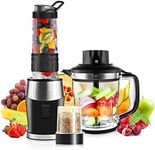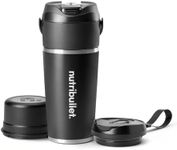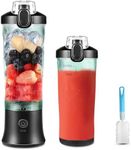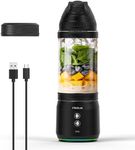Best Portable Blenders
From leading brands and best sellers available on the web.
NutriBullet
24%OFF
nutribullet Portable Blender in Black - Powerful Extractor Blade, 475ml Cup, To-Go Lid, USB-C Charging Cable & User Guide - Delivers 15+ Blending Cycles - Healthy Shakes On The Move
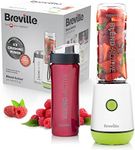
Breville
17%OFF
Breville Blend Active Personal Blender & Smoothie Maker | 350W | 2 Portable Blend Active Bottles (600ml) | Leak Proof Lids | White & Green [VBL246]

Breville
16%OFF
Breville Blend Active Personal Blender & Smoothie Maker | 350W | 1 Portable Blend Active Bottle (600ml) | Leak Proof Lid | Black & Gold [VBL251]
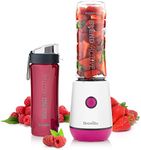
Breville
17%OFF
Breville Blend Active Personal Blender & Smoothie Maker | 350W | 2 Portable Blend Active Bottles (600ml) | Leak Proof Lids | White & Pink [VBL248]

Ninja
12%OFF
Ninja Blast Max Portable Blender, 570ml, Rechargeable Battery, Blending Cup & Leak-proof Lid, 3x Blend Functions, Makes Smoothies, Protein Shakes, Blends Ice & Frozen Fruit, Silver BC251EUSL

Cuisinart
43%OFF
Cuisinart® Blast & Go Portable Blender | Cordless, USB-C rechargeable | BPA-free travel cup | 20,000 RPM motor | 2 presets: Blend & Smoothie | Smoothies, protein shakes, crush ice, frozen fruits, nuts
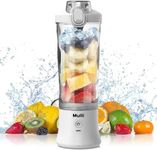
Mulli
10%OFF
Mulli Portable Blender,USB Personal Mixer for Shakes and Smoothies,Mini Blender, 20 Oz with Travel Lid for Home/Kitchen/Gym

SENSIOHOME
15%OFF
Sensio Home Personal Blender Smoothie Maker - BPA Free 1L Jar & 600ml Portable Sports Bottle, Electric Blender for Fruit, Vegetables, Protein Shakes, Crush Ice & Frozen Fruit, 2 Speed + Pulse 350W

NutriBullet
20%OFF
nutribullet Portable Blender in Collaboration with McLaren Formula 1 Team - Grey - Leak Proof To-Go Lid - Powerful Extractor Blade - USB-C Charging - 15+ Blending Cycles - Juices & Smoothies On The Go

